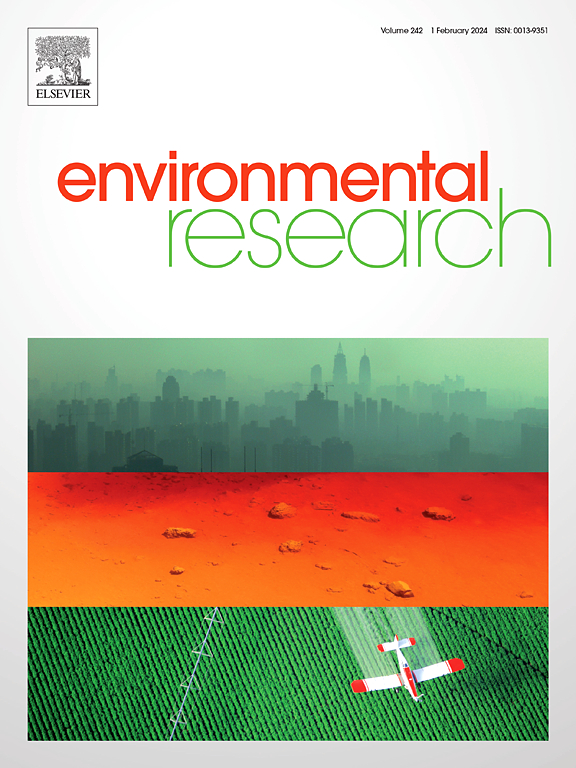Influence of biochar-based microbial agents on post-consumption food waste composting
IF 7.7
2区 环境科学与生态学
Q1 ENVIRONMENTAL SCIENCES
引用次数: 0
Abstract
Recycling nutrients by post-consumption food waste (PCFW) composting is impeded by the slow composting process because of the high perishability and moisture content of PCFW. Concerning this issue, a biochar-based microbial agent with trehalose as a protectant was developed, and was evaluated as inoculum in PCFW composting. Inoculation effectively ameliorated acidic conditions, accelerated organics degradation resulting in quick temperature rising, shortened maturation from 28 to 14 days, and altered the succession of the bacterial community structure. The combination of microbial consortium and biochar effectively inhibited the acid-producing bacteria Weissella and increased Bacillus, which contributed to a better condition for indigenous microbes by ameliorating the acidic condition of PCFW. This further expedited temperature rising that selectively enriched Firmicutes (Bacillus, Compostibacillus, Novibacillus) and Actinobacteria (Pseudonocardia) at the thermophilic stage. Moreover, carbon cycle was strengthened by chemoheterotrophy and aerobic chemoheterotrophy, while fermentation was inhibited, which was in favor of organic material degradation. The addition of 5% trehalose further enhanced the effect, and increased germination index to 152% at day 14. This study suggested that a biochar-based microbial agent was an efficient inoculant specifically for PCFW composting.
求助全文
约1分钟内获得全文
求助全文
来源期刊

Environmental Research
环境科学-公共卫生、环境卫生与职业卫生
CiteScore
12.60
自引率
8.40%
发文量
2480
审稿时长
4.7 months
期刊介绍:
The Environmental Research journal presents a broad range of interdisciplinary research, focused on addressing worldwide environmental concerns and featuring innovative findings. Our publication strives to explore relevant anthropogenic issues across various environmental sectors, showcasing practical applications in real-life settings.
 求助内容:
求助内容: 应助结果提醒方式:
应助结果提醒方式:


